Fermentation Culture: Japan and Asia Connected by Food
Sep 03,2020
Fermentation Culture: Japan and Asia Connected by Food
Sep 03,2020
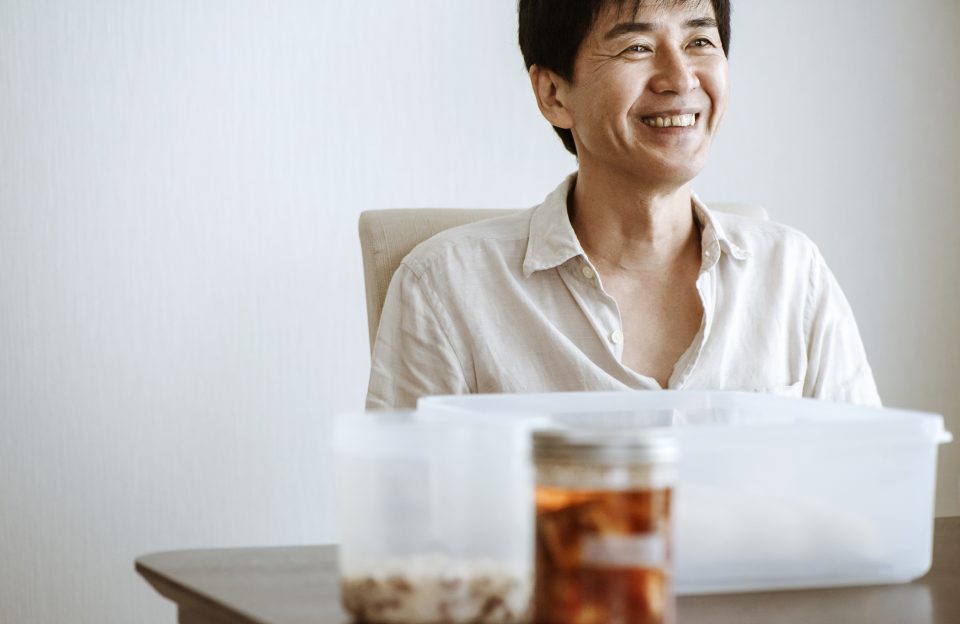

Asian fermented foods evangelist Onishi Takanori is a true cosmopolitan. He shares Japanese fermented food traditions with people abroad by giving tutorials and workshops in India, Thailand, and elsewhere in Asia on making koji. And back home in Japan, he introduces fermented food aficionados to little-known fermented food traditions from the Asian continent.
Takanori’s lifework is building bridges between Japanese and Asian fermented food traditions by drawing on his wealth of experience and knowledge. We asked him about it—and why he is so passionate about fermented foods.
Takanori, who had been the inquisitive type ever since he was a little boy, left Japan when he was twenty and headed for India.
He eventually settled in Mumbai, which was the jumping-off point for his travels through Goa, Kerala, Tamil Nadu, and other parts of southern India. He absorbed many cultures along the way. He later studied design in New York. He was involved in producing and distributing a free Japanese-language newspaper in Bangkok, Thailand. He even honed his skills as a maker of steelpans—a type of percussion instrument—in the Caribbean island nation of Trinidad and Tobago.
And during his prolonged sojourn abroad, Takanori found his lifework: fermentation.
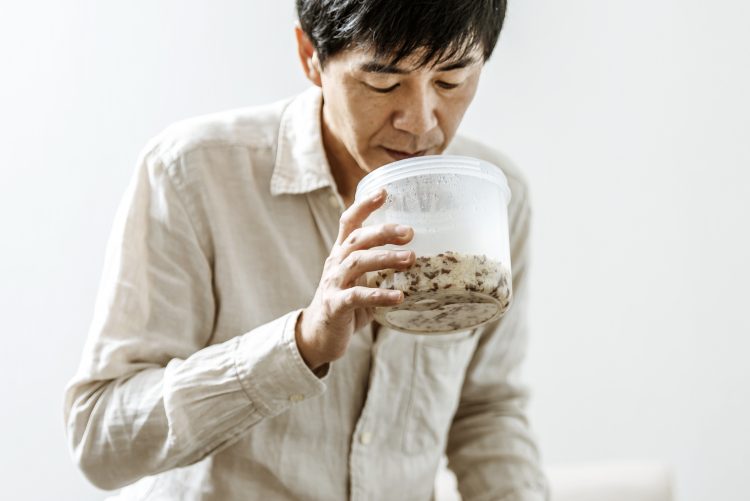
Takanori checking how a batch of the Thai fermented rice dessert khao mak is coming along. A small amount of red rice is mixed in.
When based in Bangkok during the 1990s, he had such a craving for the great taste of Japanese fermented foods that he got into making fermented foods himself. He tried his hand at everything: miso, soy sauce, the fermented rice drink amazake, unrefined sake, beer, natto, fermented chili bean paste, tempeh, yogurt, you name it. He devoted the most time to making koji.
But how did he manage to get hold of koji starter so far from Japan? How did he acquire the requisite information on koji-making techniques?
“Koji starter could be ordered from Japan, but there were no materials available in Bangkok at the time on the ins and outs of making koji. So I had to build up my own know-how by relying on my intuition and taking a suck-it-and-see approach.
“Whenever I botched something, I’d try another tack in the hope that might work instead. And in the course of repeated experimentation, I’d eventually hit on the best method.”
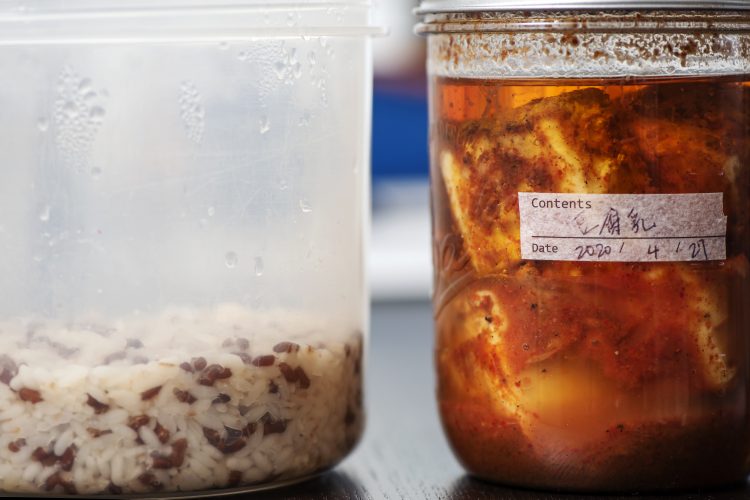
Khao mak (left) and Chinese fermented bean curd (right), both prepared for fermentation by Takanori.
Most of the knowledge that Takanori shares at his workshops was developed during this period. “Fermentation,” he believes, “should be an extension of cooking. Take a logical approach and keep it simple.”
To build up the kind of practical expertise that anyone could apply in the kitchen, maybe he needed that time for honing his instincts and trial and error. He couldn’t just rely on the textbook.
In 2015, Takanori moved from Bangkok to the Indian state of Himachal Pradesh, where he encountered many Japanese who missed Japanese fermented foods.
“There are Japanese living in remote parts of India as well as the big cities. So I started volunteering to do workshops for them.”
Takanori’s workshops, which get at the heart of what fermentation is about, are a bit unusual. For example, the typical approach to learning how to make miso involves following the recipe you’re given. But at Takanori’s workshops, participants come up with their own recipe for making miso.
“I teach the standard recipe at first, of course, but then we go further. Participants learn how miso varies from region to region—there’s white miso, red miso, and so forth. They get to understand the miso-making process, including the relationship between the ratio of koji used, salinity, and how long the miso is fermented. Then they come up with their own recipe for the type of miso they want to eat. One student from the Kansai region living in Delhi was thrilled at the prospect of being able to eat all the white miso they wanted, even in India.”
Takanori has also had increasing opportunities to instruct Indian culinary professionals. He gives a week-long fermentation workshop to Indian chefs employed by a retreat center in Dehradun in the state of Uttarakhand. This week-long intensive residential program takes place once a year, and he’s been teaching it for some four years now.
The retreat center, which has the appearance of an upscale hotel, is a facility where people can learn and experience yoga, Ayurveda, and various other cultural traditions. It attracts vegans and other diet- and health-conscious guests from around the world.
“The chefs here are truly top-notch. Using Japanese condiments like miso and soy sauce is already par for the course with them. Now they want to start making such condiments themselves, starting with the koji.
“Once when I gave a lecture on amazake, they immediately came up with their own custom dessert combining amazake with mango purée and served it to guests that very day. They were all such devoted students. I was impressed.”
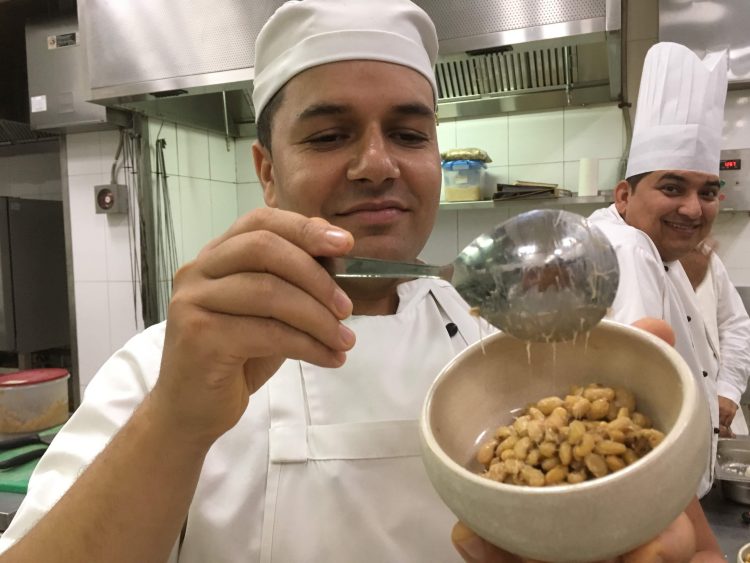
An Indian chef making natto according to Takanori’s instructions
The fermented food that most intrigues Takanori these days is Asian mochi koji, literally “caked malt.”
“The culture of mochi koji is found in India, Nepal, Thailand, Laos, China, Korea, and other parts of Asia. Mochi koji consists of rice, wheat, barley, or another cereal soaked in water and mashed into a rice cake-like paste, typically uncooked, then inoculated with various microbes such as natural Rhizopus fungus, Mucor, yeast, or lactic acid bacteria.”
Japanese koji, on the other hand, which is called bara koji or “loose malt,” is made by propagating cultivated koji mold on steamed rice still in the form of grains. Koji has thus evolved differently in Japan than in the rest of Asia.
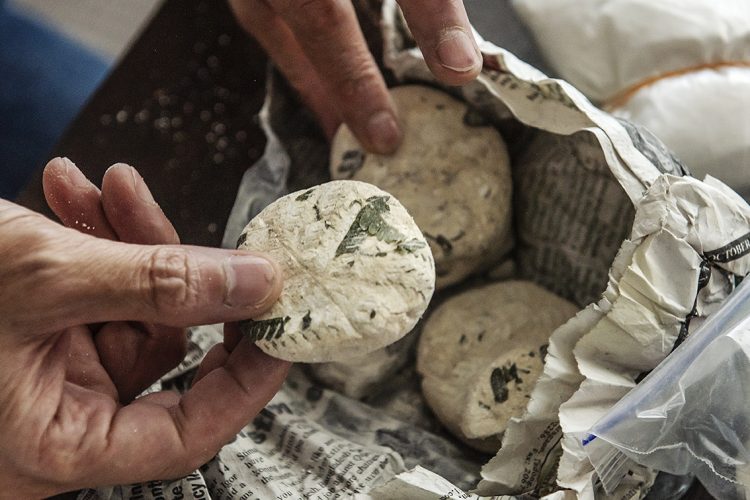
Murcha, a form of mochi koji from Sikkim, India. It is made wrapped in fern leaves.
“While I’m fond of Japanese bara koji, I just love Asian mochi koji. I visited the village of Aho in Sikkim, India, in 2019 to learn more about a type of mochi koji called murcha, which is made by the Limbu people.
“The enzymes in Japanese koji mold steadily break down starch and protein, but the mochi koji found elsewhere in Asia is as it were unstable, because all kinds of different microbes inhabit it. That’s why you sometimes botch it. But botching it makes it all the more fun.
“I’m convinced there’s a reason that these cultural traditions of fermented food have been followed for so long, which is why I want to preserve them and pass them on.”
Now that it’s become difficult to cross international borders, Takanori has temporarily relocated from India to Okinawa. There he plans to get out his message to a Japanese and Asian audience.
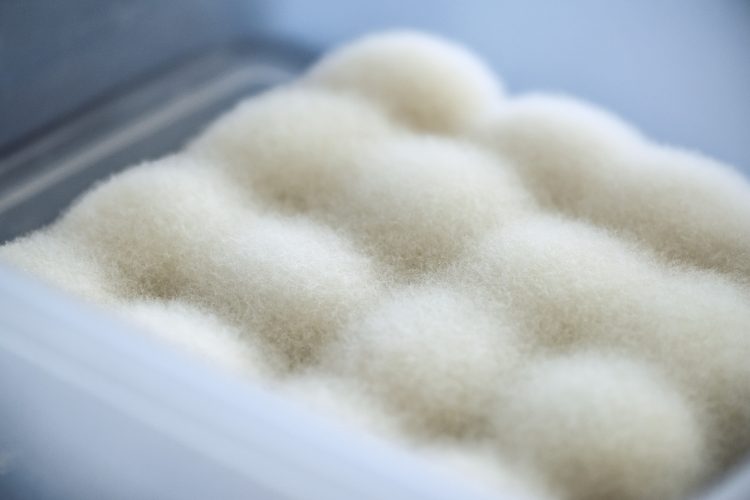
A trial run of mao dofu or “hairy bean curd,” a fermented delicacy from Anhui Province, China. Made by pulverizing Chinese mochi koji, dissolving it in water, then spreading it on Okinawan tofu. Once mold forms on the tofu, it’s ready to eat.
“I feel that a lot of people just assume that fermenting is beyond the capabilities of ordinary mortals. My job, I think, is to remove the obstacles in their way. Then hopefully lots more people will start making fermented foods.”
Even in Okinawa, Takanori effortlessly transcends the boundaries between different fermented food traditions. He’s now planning a fermentation project that will go online as well. Stay tuned to see what unfolds.
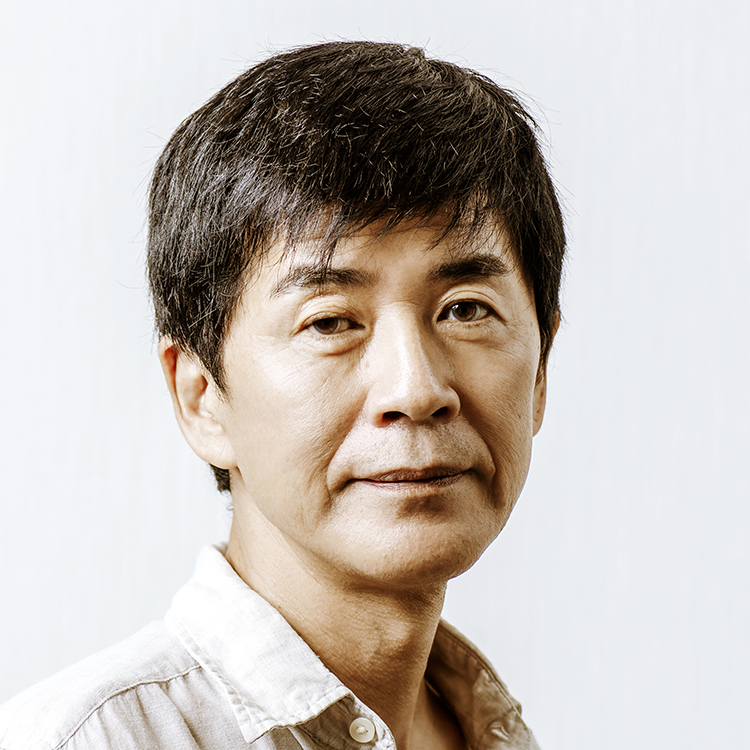
Previously based in Thailand and then northern India, Takanori worked on making fermented foods with locally available ingredients, since Japanese foods were scarce. He also gave workshops to Japanese expats and Indians on making koji, miso, and other fermented foods. Now temporarily based in Okinawa, he is planning a project designed to bring new excitement to the Japanese and Asian fermented food scene.